As we step into 2024, the world of home design continues to evolve, bringing fresh ideas and innovations to the forefront. Keeping up with home design trends is essential for brands in the consumer goods industry, as it allows them to stay relevant and appeal to an ever-changing market. In this article, we’ll explore the top 10 home design trends for 2024 and demonstrate how Wonnda, the fastest growing B2B platform for private label sourcing in Europe, can help you capitalize on these trends.
Trend 1: Biophilic Design
Biophilic design, which integrates natural elements into interior spaces, is expected to dominate home design trends in 2024. This approach promotes a connection to nature and enhances well-being, creating a calming and harmonious living environment. Brands can incorporate biophilic design by using natural materials, adding greenery, and utilizing organic shapes in their product lines.
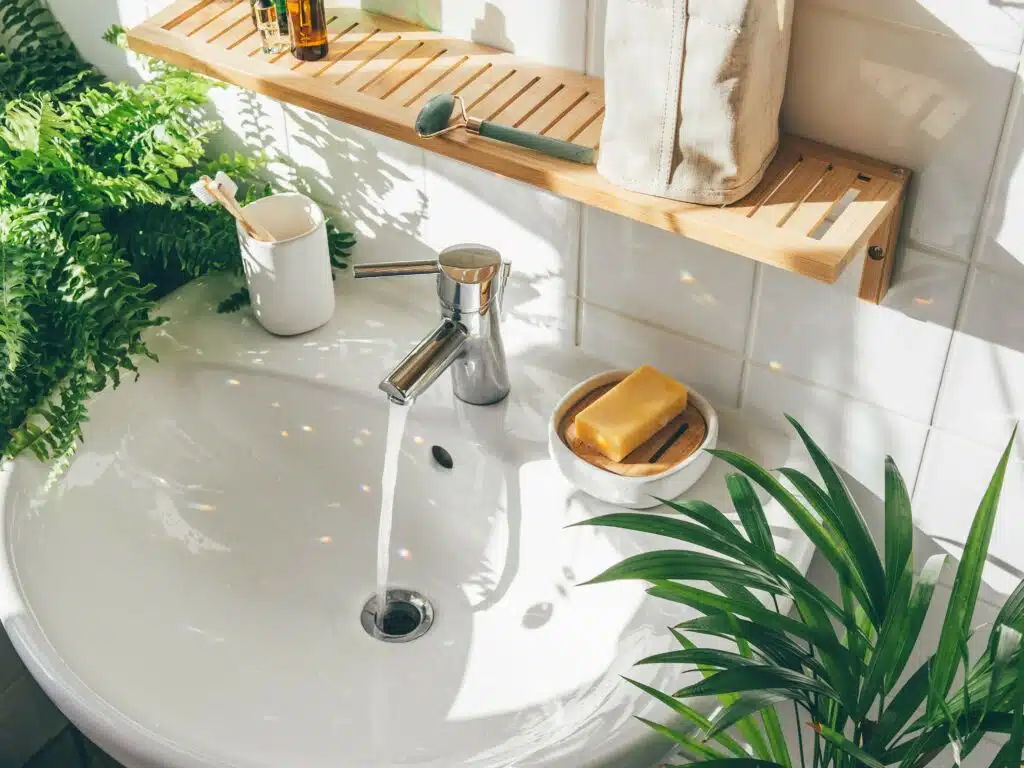
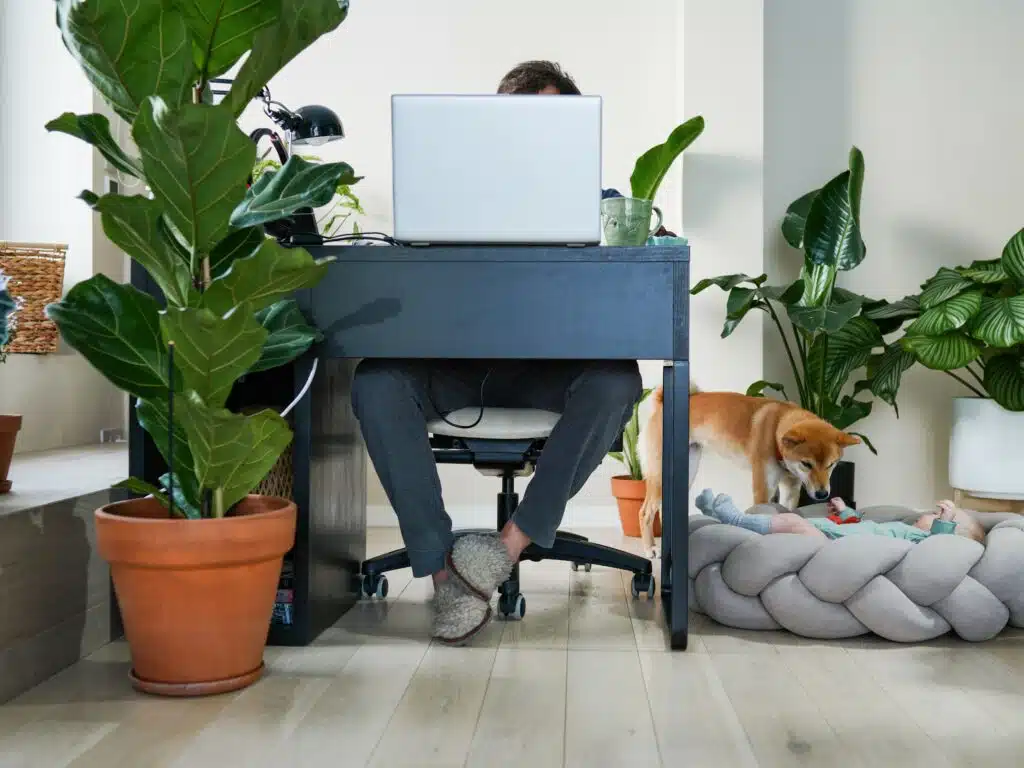
Trend 2: Sustainable and Eco-Friendly Materials
As sustainability becomes increasingly important, the use of eco-friendly materials in home design trends continues to grow. In 2024, expect to see a rise in the use of reclaimed wood, recycled glass, and sustainable textiles. Brands can stand out by offering products made from environmentally-friendly materials and showcasing their commitment to sustainability.
Trend 3: Multifunctional Spaces
With more people working from home, multifunctional spaces have become a significant home design trend. In 2024, flexible furniture and smart storage solutions that maximize space and adapt to changing needs will be in high demand. Brands should consider offering versatile products that cater to this growing market segment.
Trend 4: Earthy and Natural Color Palettes
Earthy and natural color palettes are set to be popular in 2024, reflecting a desire for comfort and tranquility in home design trends. Brands can capitalize on this trend by offering products in warm, neutral tones such as beige, terracotta, and muted greens.
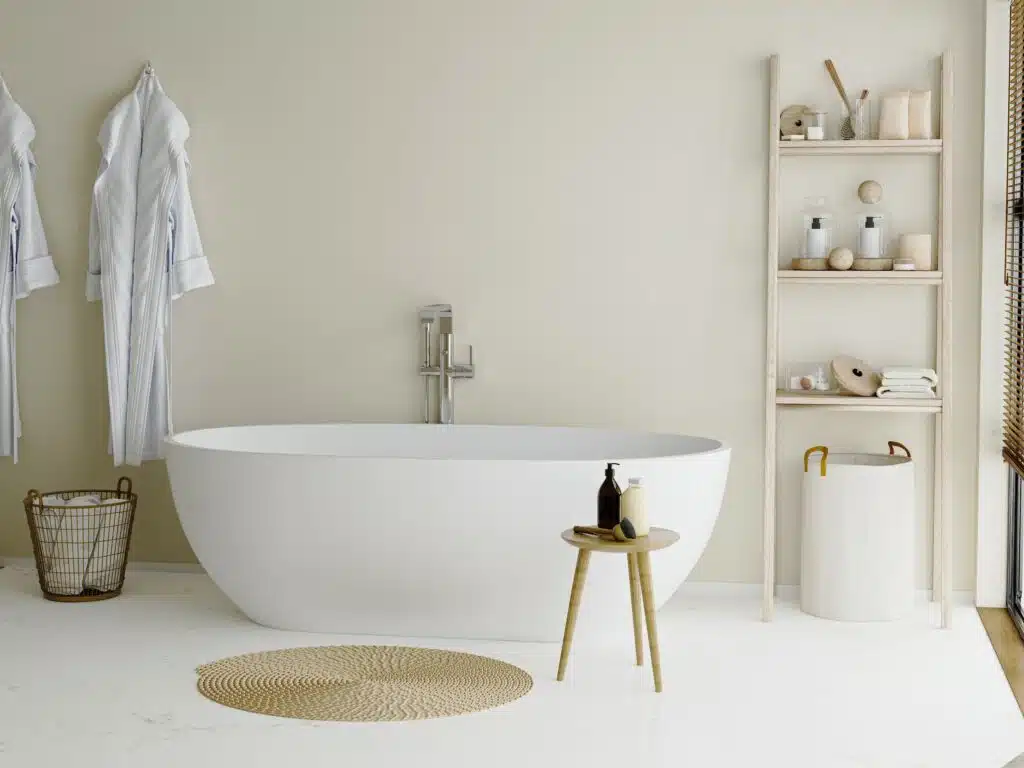
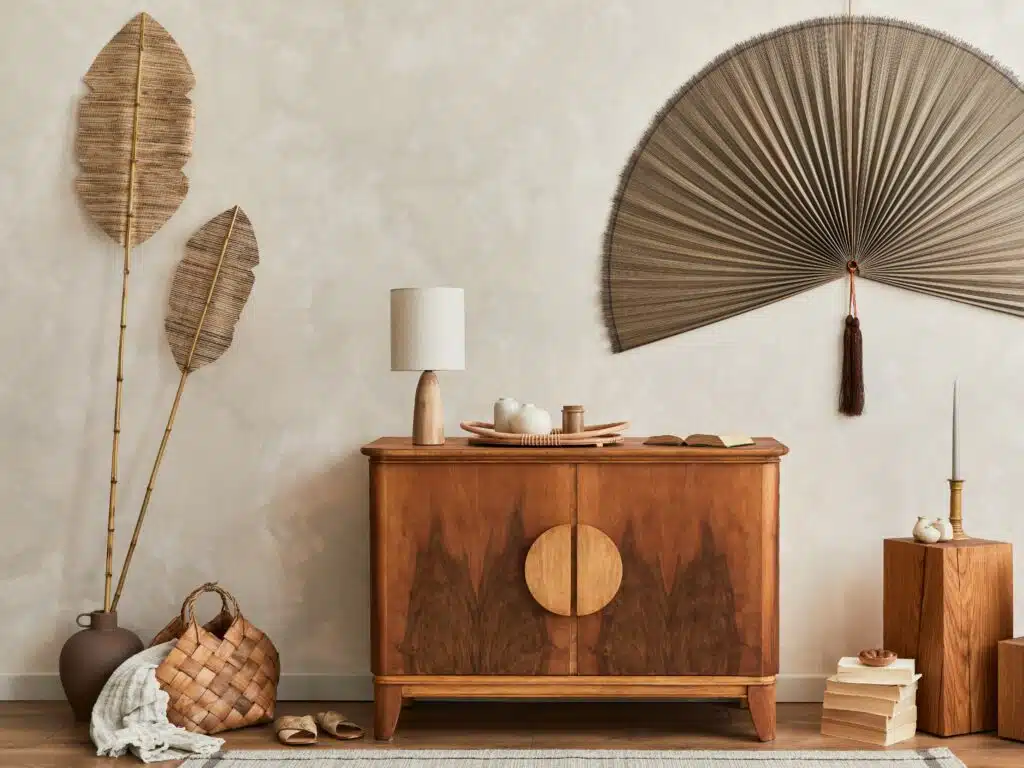
Trend 5: Japandi Style
Japandi, a fusion of Japanese and Scandinavian design elements, continues to gain popularity as a home design trend. The minimalist aesthetic, characterized by clean lines, natural materials, and a focus on functionality, appeals to homeowners seeking simplicity and elegance. Brands can embrace this trend by offering products that embody the Japandi style.
Trend 6: Bold and Unique Lighting
In 2024, expect to see bold and unique lighting fixtures as a prominent home design trend. Statement lighting pieces can serve as both functional and decorative elements, adding visual interest and personality to a space. Brands should consider incorporating eye-catching lighting options into their product offerings.
Trend 7: Vintage and Antique Décor
The appreciation for vintage and antique décor continues to grow in 2024, as homeowners seek to add character and charm to their living spaces. Brands can capitalize on this home design trend by offering products with a nostalgic feel, such as vintage-inspired furniture and decorative items.
Trend 8: Textured Walls and Surfaces
Textured walls and surfaces are expected to be a significant home design trend in 2024. From textured paint to decorative plaster and paneling, these design elements add depth and interest to interiors. Brands can embrace this trend by offering products that complement and enhance textured surfaces.

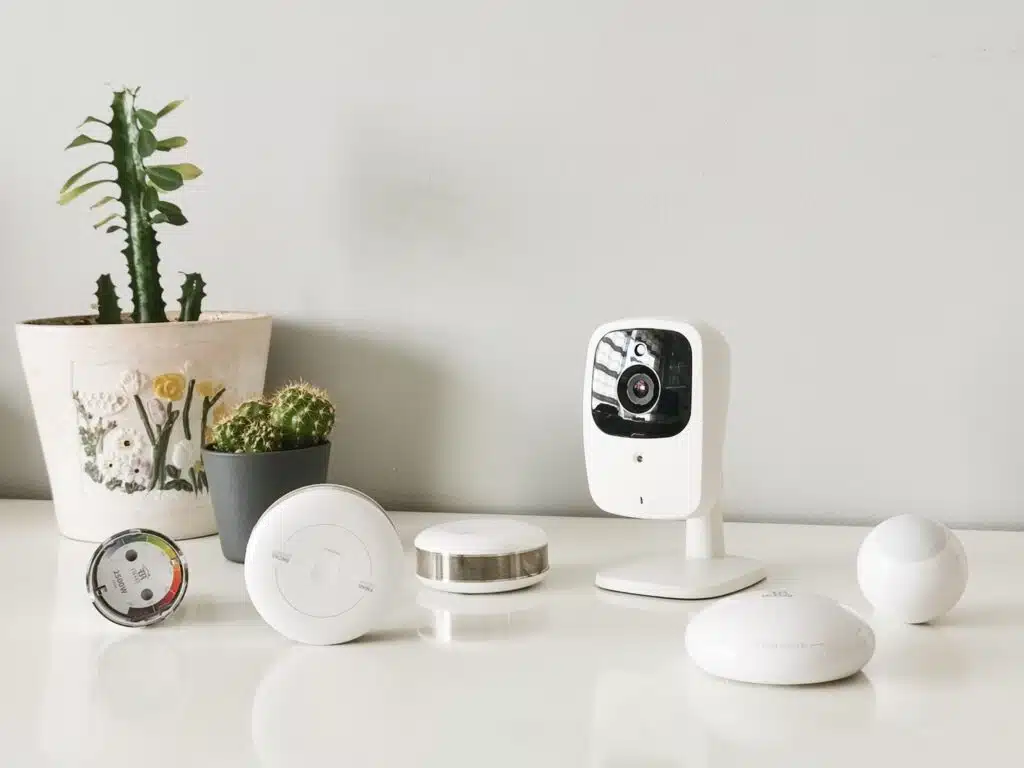
Trend 9: Smart Home
As technology continues to advance, smart home features are becoming more prevalent in home design trends. In 2024, expect to see an increased demand for products that integrate seamlessly with smart home systems, offering convenience, energy efficiency, and enhanced security. Brands can stay ahead of the curve by developing products that are compatible with popular smart home platforms and devices.
Trend 10: Indoor-Outdoor Living Spaces
The desire for indoor-outdoor living spaces is on the rise, as homeowners look to create seamless transitions between their interiors and exteriors. In 2024, this home design trend will see the increased use of large windows, sliding glass doors, and outdoor living areas that extend the home’s functional space. Brands can capitalize on this trend by offering products that facilitate indoor-outdoor living, such as weather-resistant furniture and outdoor-friendly textiles.